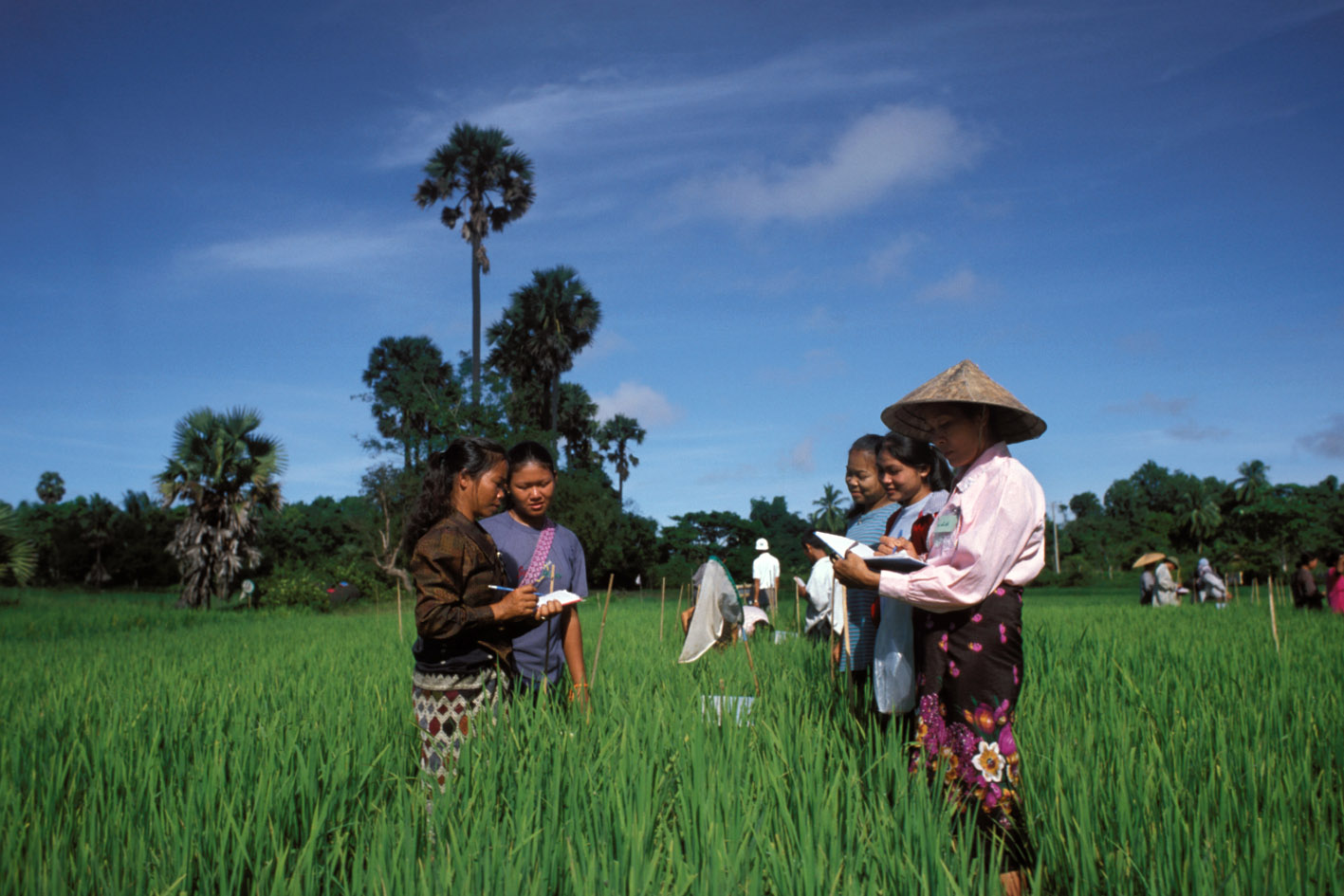Integrated Household Living Conditions Survey 2010-2011
Malawi, 2010 - 2011
Get MicrodataIdentification
MWI_2010-2011_IHLCS_v01_EN_M_v01_A_OCS
Integrated Household Living Conditions Survey 2010-2011
| Name | Country code |
|---|---|
| Malawi | MWI |
Living Standards Measurement Study [hh/lsms]
The First Integrated Household Survey (IHS1) was designed by the NSO with technical assistance from the International Food Policy Research Institute (IFPRI) and the World Bank (WB) to provide a complete and integrated data set to better understand target groups of households affected by poverty. The (IHS1) was conducted in Malawi from November 1997 through October 1998 and provided for a broad set of applications on policy issues regarding households' behaviour and welfare, distribution of income, employment, health and education. In 2003, the Government of Malawi decided to conduct the Second Integrated Household Survey (IHS2) in order to compare the current situation with the situation in 1997-1998, and to collect more detailed information in specific areas. The IHS2 was implemented from March 2004 through March 2005. The Third Integrated Household Survey (IHS3) was conducted by National Statistical Office (NSO) in March 2010-March 2011.
This dataset contains a set of data files used as input for a World Bank research project (empirical comparative assessment of machine learning algorithms applied to poverty prediction). The objective of the project was to compare the performance of a series of classification algorithms. The dataset contains variables at the household, individual, and community levels. The variables selected to serve as potential predictors in the machine learning models are all qualitative variables (except for the household size). Information on household consumption is included, but in the form of dummy variables (indicating whether the household consumed or not each specific product or service listed in the survey questionnaire). The household-level data file contains the variables "Poor / Non poor" which served as the predicted variable ("label") in the models. One of the data files included in the dataset contains data on household consumption (amounts) by main categories of products and services. This data file was not used in the prediction model. It is used only for the purpose of analysing the model's mis-classifications (in particular, to identify how far the mis-classified households are from the national poverty line).
Sample survey data [ssd]
Households
Scope
(a) HOUSEHOLD:
Household conditions and amenities
List of consumed items
Ownership of household assets
Farm equipment
Non-agricultural business information
Income sources
(b) INDIVIDUAL:
Basic demographic information
Education attainment
Health
Employment information.
| Topic | Vocabulary |
|---|---|
| Agriculture & Rural Development | FAO |
| Food (production, crisis) | FAO |
| Access to Finance | FAO |
| Health | FAO |
Coverage
National
Producers and sponsors
| Name | Affiliation |
|---|---|
| National Statistical Office (NSO) | Ministry of Economic Planning and Development (MoEPD) |
| Name | Affiliation | Role |
|---|---|---|
| Development Economics Data Group | The World Bank | Technical assistance |
Sampling
The IHS3 sampling frame is based on the listing information and cartography from the 2008 Malawi Population and Housing Census (PHC); includes the three major regions of Malawi, namely North, Center and South; and is stratified into rural and urban strata. The urban strata include the four major urban areas: Lilongwe City, Blantyre City, Mzuzu City, and the Municipality of Zomba. All other areas are considered as rural areas, and each of the 27 districts were considered as a separate sub-stratum as part of the main rural stratum. It was decided to exclude the island district of Likoma from the IHS3 sampling frame, since it only represents about 0.1% of the population of Malawi, and the corresponding cost of enumeration would be relatively high. The sampling frame further excludes the population living in institutions, such as hospitals, prisons and military barracks. Hence, the IHS3 strata are composed of 31 districts in Malawi. A stratified two-stage sample design was used for the IHS3.
In order to analyse the data and produce accurate representativeness of the population, the sample variables must be weighted using the household sampling weights provided in each file as “hhwght”. As noted above, the IHS3 data are representative at the national, urban/rural, regional and district-level. The basic weight for each sample household is equal to the inverse of its probability of selection (calculated by multiplying the probabilities at each sampling stage). As indicated in the previous section, the IHS3 sample EAs were selected within each district with PPS from the 2008 PHC frame. At the second stage, 16 sample households were selected with equal probability from the listing for 33 each sample EA.
Note: Detailed weighting information is presented in the "Third Integrated Household Survey 2010-2011, Basic Information Document" document.
Data collection
| Start | End |
|---|---|
| 2010-03 | 2011-03 |
Data Access
| Is signing of a confidentiality declaration required? | Confidentiality declaration text |
|---|---|
| yes | https://microdata.worldbank.org/index.php/terms-of-use |
Use of the dataset must be acknowledged using a citation which would include:
- the Identification of the Primary Investigator
- the title of the survey (including country, acronym and year of implementation)
- the survey reference number
- the source and date of download
Disclaimer and copyrights
The user of the data acknowledges that the original collector of the data, the authorized distributor of the data, and the relevant funding agency bear no responsibility for use of the data or for interpretations or inferences based upon such uses
Contacts
| Name | Affiliation | URL | |
|---|---|---|---|
| LSMS Data Manager | The World Bank | [email protected] | surveys.worldbank.org/lsms |
Metadata production
DDI_MWI_2010-2011_IHLCS_v01_EN_M_v01_A_OCS_FAO
| Name | Affiliation | Role |
|---|---|---|
| Office of Chief Statistician | Food and Agriculture Organization | Adoption of metadata for FAM |
| Development Economics Data Group | The World Bank | Generation of DDI |
Metadata version
MWI_2010-2011_IHLCS_v01_EN_M_v01_A_OCS_v01
